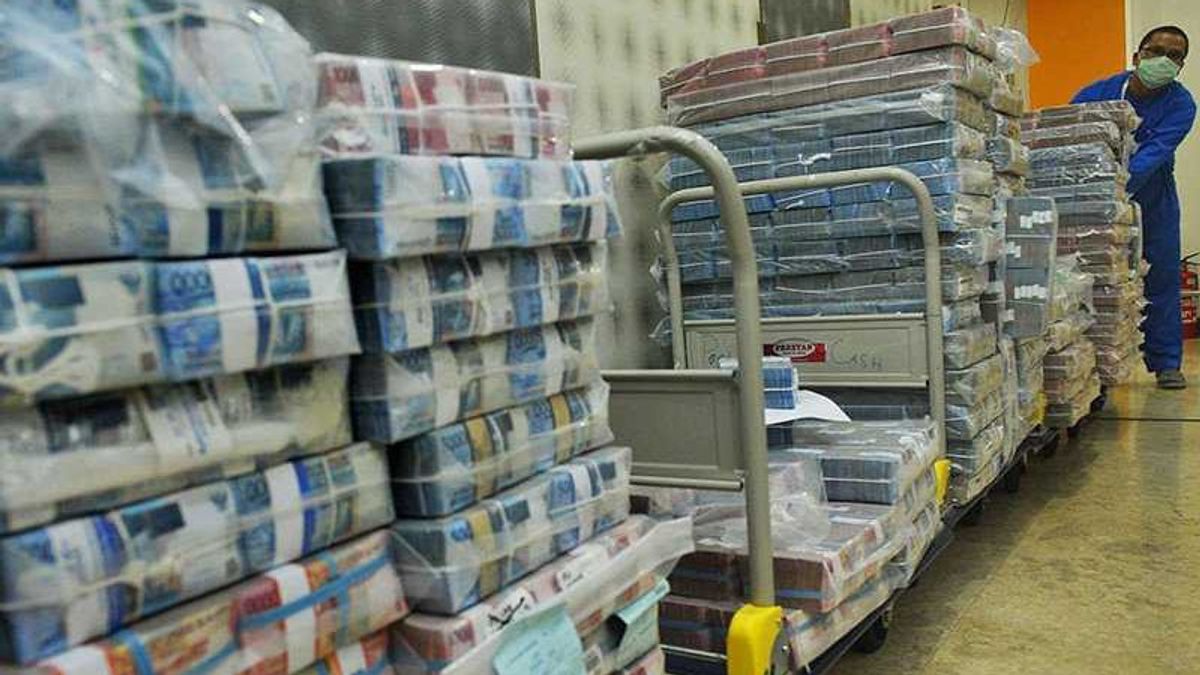JAKARTA - Bank Indonesia (BI) reported that at the end of the second quarter of 2022, Indonesia's foreign debt (ULN) was US$403 billion. This amount is lower than the position of external debt at the close of the first quarter of 2022 which amounted to US$412.6 billion.
This means that there has been a decrease in foreign debt by 9.6 billion US dollars or equivalent to Rp. 141.3 trillion in just three calendar months.
Head of the BI Communications Department Erwin Haryono said the development was caused by a decline in the position of external debt in the public sector, namely the government and the central bank as well as the private sector.
"On an annual basis, Indonesia's foreign debt in the second quarter of 2022 contracted by 3.4 percent, deeper than the contraction in the previous quarter of 0.9 percent," he said in an official statement on Monday, August 15.
Erwin explained that the government's external debt in the second quarter of 2022 amounted to 187.3 billion US dollars, a decrease from the previous quarter of 196.2 billion US dollars.
“The decline in the government's external debt position was partly due to the repayment of bilateral, commercial and multilateral loans maturing during the period April to June 2022. The repayment of maturing domestic Government Securities (SBN) also contributed to the decline in Government external debt in the quarter under review. In addition, the volatility in global financial markets which tends to be high also affects the movement of domestic SBN investment to other instruments, thereby reducing the share of ownership of non-resident investors in domestic SBN,” he said.
Meanwhile, private external debt (including SOEs) in the second quarter of 2022 was recorded at 207.1 billion US dollars, slightly down from 207.4 billion US dollars in the first quarter of 2022.
By sector, the largest private external debt comes from the financial and insurance services sector, the electricity procurement sector, mining, and the manufacturing sector.
From a macro perspective, Erwin assessed that external debt in the second quarter of 2022 remained under control, as reflected in the ratio to gross domestic product (GDP) which was in the range of 31.8 percent, down from the ratio in the previous quarter of 33.8 percent.
In addition, Indonesia's external debt structure remains healthy, dominated by long-term instruments with a share of 86.7 percent of total external debt.
“Bank Indonesia and the government continue to strengthen coordination in monitoring the development of external debt, supported by the application of prudential principles in their management. The role of external debt will also continue to be optimized in supporting development financing and encouraging national economic recovery, by minimizing risks that can affect economic stability," concluded Erwin.
The English, Chinese, Japanese, Arabic, and French versions are automatically generated by the AI. So there may still be inaccuracies in translating, please always see Indonesian as our main language. (system supported by DigitalSiber.id)









